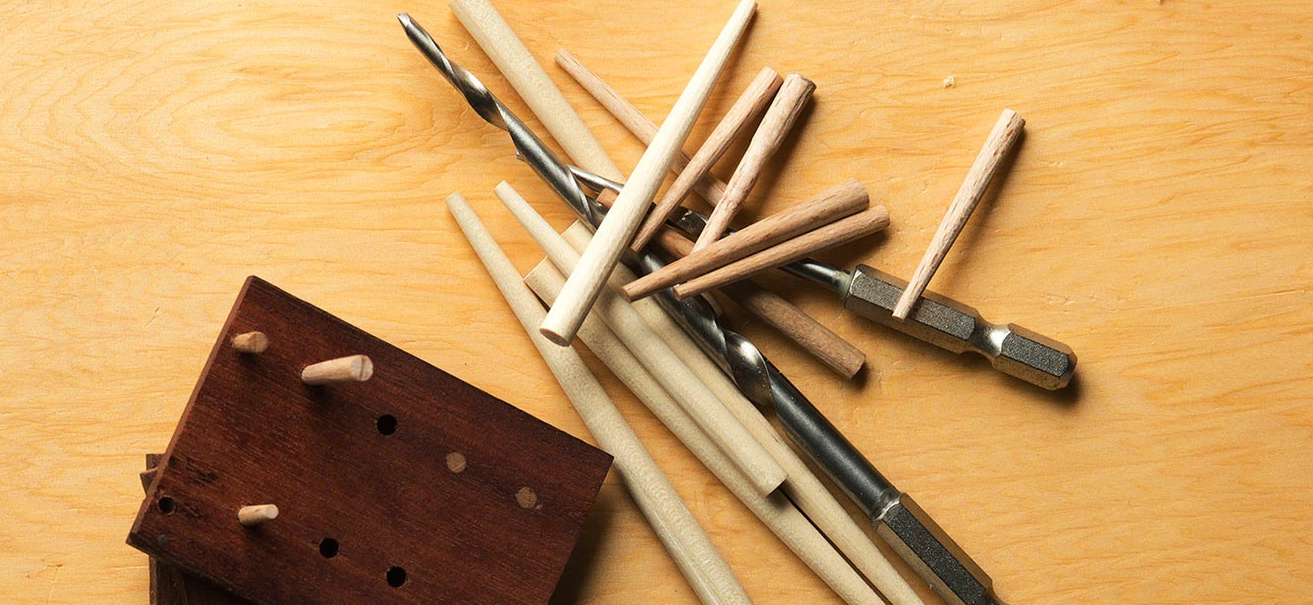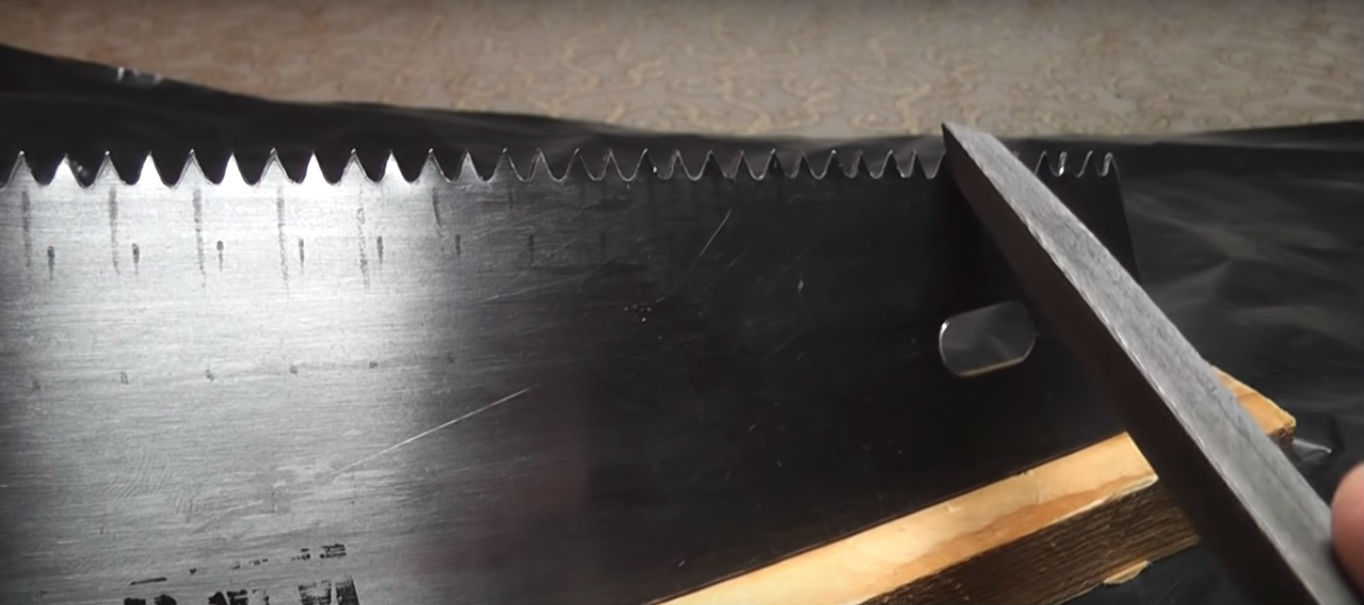All known types of nails
A nail is a simple fastening element, which even in our age of information technology cannot be avoided. Its structure is elementary: it consists of a cap and a rod with a pointed end. However, there are a great many varieties of these products. Today in building materials stores you can find both quite familiar and “highly specialized” nails.
Note that the division into groups of such fastening elements is very arbitrary. In general, they are divided into types according to the following criteria:
- by functional purpose;
- according to the material of manufacture;
- by lenght.
Let's look at each group in more detail.
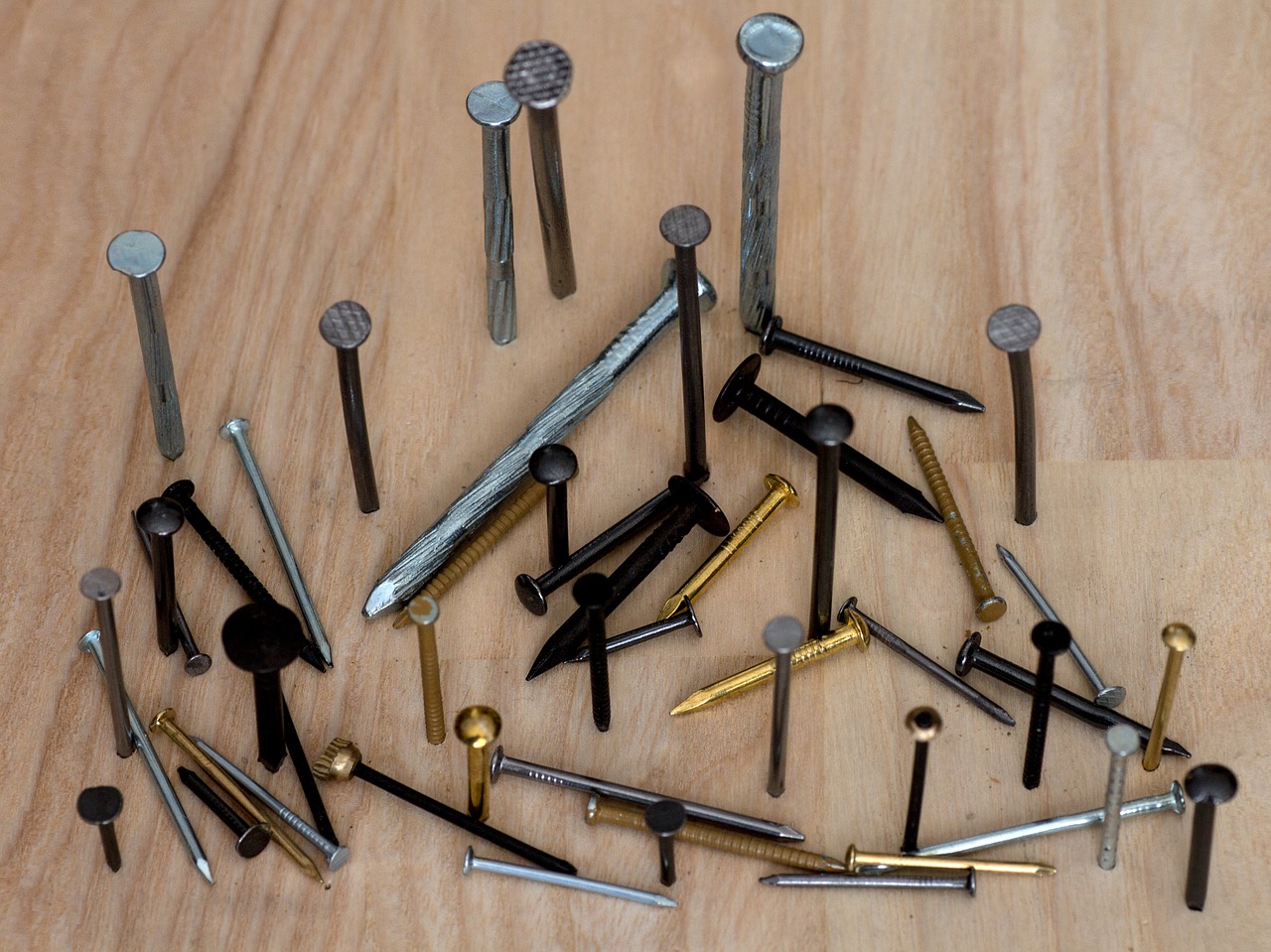
The content of the article
By functional purpose
Each nail here has its own purpose and is used to perform specific work. Among these it is worth noting:
- Construction nail. As they say, this is a “classic of the genre.” Such a fastening element can be found even in the kitchen bins of a lonely but self-sufficient lady. Most often it is used to join wooden parts. It has a wide cap (its diameter is 3 times greater than the diameter of the pointed rod). In addition, a construction nail can be recognized by the protruding notches near the head itself. The length of such fasteners varies; there are examples with a rod up to 25 cm.
- Roofing. This fastening element is ideal for connecting large metal sheets to wooden sheathing.Outwardly, it is very similar to a construction nail, but there is a significant difference between these products: the roofing nail looks more solid, since it has a wider head and a thicker rod.
- Tolevoy. Its “element” is also the roof and everything connected with it, but such a fastening element is good at working with any soft materials. The cap is almost 6 times larger than the stem.
- Slate nail. Outwardly, it looks like a construction one, but an experienced carpenter immediately sees the difference: the head of the slate fastener is galvanized. This detail is not accidental; it is designed to protect the slate from moisture.
- Finishing. A notable distinctive feature is the small cap, which is quite a bit wider than the stem (no more than one and a half times). It is used for attaching decorative coverings, since the narrow cap literally “falls” into the canvas. Excellent camouflage in those places where you need everything to be flawless.
- Baseboard nail. It looks almost like the finishing one, but the difference lies in a minor detail: the plinth fastening element is made with a small notch on the rod, thanks to which the parts are fastened more securely.
- Decorative nail with a carved unusual hat. This is an original detail that not only holds tightly, but also decorates the coating.
- finishing nail - soft and thin, made of wire coating and works great where it is necessary not only to fasten (albeit not as securely as we would like), but also to make the appearance of the connected parts more original. The hat, like a decorative one, is often carved.
- Screw. It can be recognized by the spiral-shaped grooves on the rod. Thanks to this simple solution, the fastening element firmly holds everything that is connected to it.It is often used for arranging wooden floors, since boards fastened with such fasteners will last for quite a long time.
- Rough nail. It has an interesting rod, which consists of successive truncated cones. It is believed that such a fastening element connects the parts “tightly”. Moreover, it is difficult to get it out when necessary, and in some cases it is impossible to do this without irreversible damage to the canvas.
- Bracket - This is a U-shaped fastener with sharp ends. Used for electrical installation work and serves for fixing and fastening cables and wires.
- steel nail. A “close relative” of construction, but it is completely inflexible, and therefore is used to connect parts made of hard wood.
- Needle. This type of fastener does not have a head, so it is used for fastening PVC panels.
- Double cap. Necessary for the construction of collapsible structures, such as greenhouses. The first cap fixes the fastener in the surface of the part, and the second facilitates dismantling.
- Dowel - a durable element that is used for driving into walls made of brick or concrete.
- For drywall. A special nail with a wide head. Thanks to it, the parts are not only securely fixed, but also not destroyed at the point of driving in.
Important! Before starting any construction work, even small ones, you should decide in advance what kind of fasteners will be used to connect the parts. Otherwise (if you make an erroneous choice without taking this little detail into account), you can damage them so much that all that remains is to throw them away.
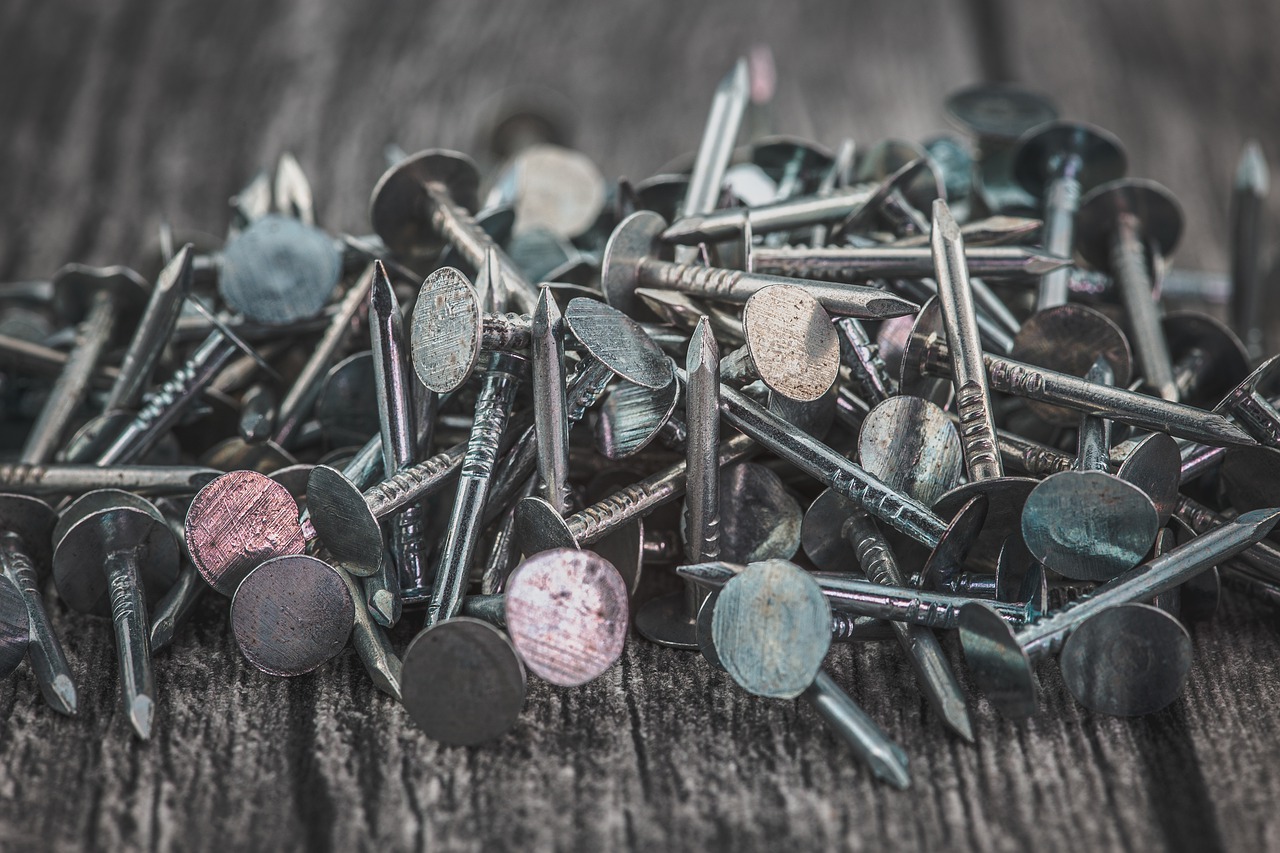
According to the material of manufacture
Sometimes even experienced builders do not pay attention to such a seemingly trifle as the material from which the nails are made.Such carelessness can lead to unpleasant consequences in the future. For example, if a nail made of a material that does not tolerate moisture is driven into the outer wall of a house, then rust will appear quite quickly.
Products made of black steel that are used in dry, heated rooms are considered universal, since rust is a common occurrence for them.
By the way! Such nails are often used when installing prefabricated temporary structures. Corrosion does not have time to manifest itself during the short period of life of such a structure.
Galvanized nails are more expensive, but more practical. They are also in demand and are suitable for both indoor and outdoor construction work. They serve faithfully for years and do not lose their attractiveness.
Materials such as copper and brass are also considered reliable. Fasteners made from them are used where the effects of moisture, cold or extreme heat cannot be avoided. Let us also note that copper and brass are not just building materials. They have a beautiful shade that blends perfectly with the wood and is almost invisible against its background.
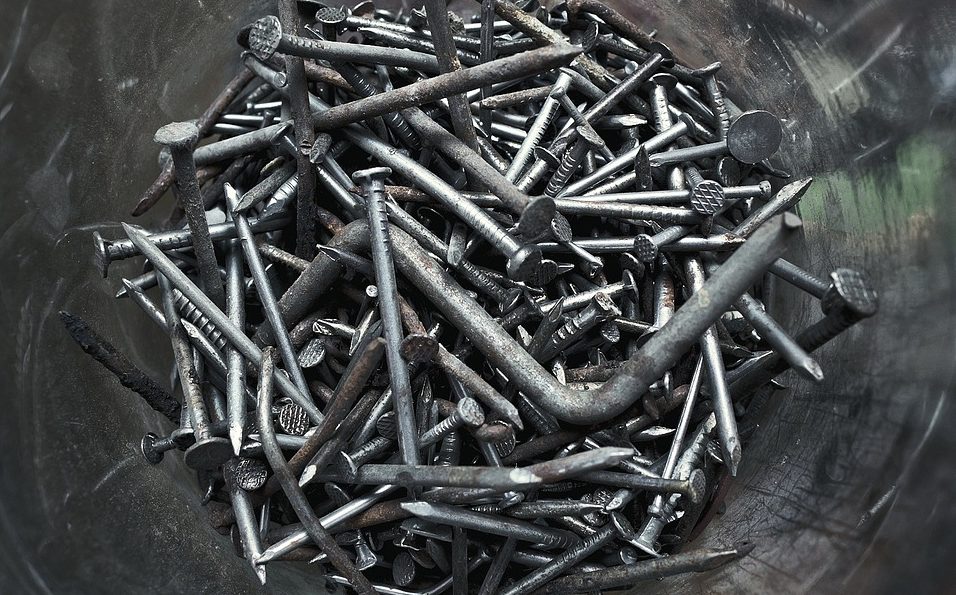
By lenght
There are very short nails (their shaft length does not exceed 1 cm), standard (from 2 to 15 cm) and very impressive in size (up to 20–25 cm). The choice depends on many factors: the thickness of the parts being fastened, the material from which they are made, etc.
In order not to make a mistake with your choice, it is important to remember a simple rule: the length of the nail should be 2-4 times greater than the width of the part being nailed.
One of the important elements of a nail is the head. It can be hidden and visible.If the first option is safer, since the fastener will not damage the surface of the part when driven in, then in the second case you should be careful: sometimes when driving such a nail, the coating (for example, the veneer that covers the MDF board) may burst.




